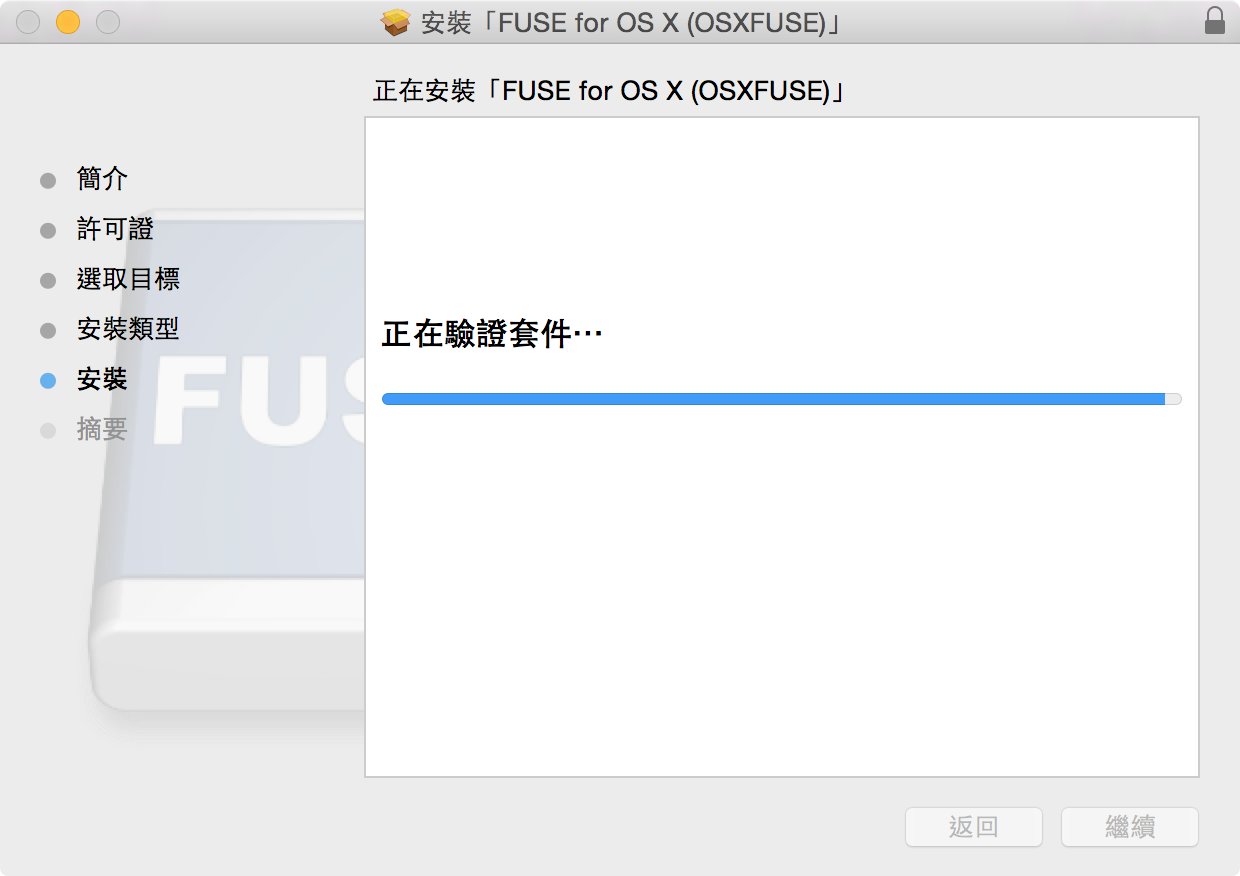
To set up permanent mount point, you’ll need to modify /etc/fstab file to automatically mount the file system each time the system is booted. SSHFS allows you to set the permanent mount point to the remote file system which persists through system reboots ( local/remote). Testfile3.txt Permanently Mounting the Remote File System $ ssh outboundmx-02 -p 2022 "ls /data/backups" Testfile1.txt testfile2.txt testfile3.txtĬheck to see if files were uploaded to the remote server. Any files you copy to mount directory will be uploaded automatically to the remote server as well. If you navigate to / home/jmutai/backups directory you can create a file or a directory locally and it will appear on the remote server. Now you can start working with the files on your machine as if it were a remote server you’re physically connected to. Outboundmx-02:/data/backups fuse.sshfs 17G 5.7G 12G 33% /home/jmutai/backups $ sshfs outboundmx-02:/data/backups -p 2022 -C /home/jmutai/backupsĬonfirm if successfully mounted: $ df -hT | grep fuse.sshfs So let’s consider a server with ssh port 2022, and remote location to mount being /data/backups. To mount this with compression turned on, we’ll use: $ mkdir /home/jmutai/backups

F ssh_configfile specifies alternative ssh configuration file –> Use different ssh configuration file than the default. C equivalent to ‘-o compression=yes’ –> Enable compression p PORT equivalent to ‘-o port=PORT’ –> Specify ssh port number for remote system Once confirmed that the user can access the remote system, mounting of a filesystem is done using below syntax: $ sshfs ]host: mountpoint
#Os x fuse sshfs install
$ sudo yum -y install epel-releaseįor CentOS: $ sudo yum -y install sshfs Mounting remote file system over ssh with sshfsįor you to be able to mount a directory on a remote server locally, the SSH user needs to be able to access it.


You have to install epel first then install sshfs package from it. On Red Hat based systems, the sshfs package is not available on default repositories. $ sudo pacman -S sshfs Installing sshfs on Fedora and CentOS The installation of SSHFS on Arch is done using either pacman package manager or AUR helpers like yaourt and pacaur. There is no configuration needed, after installation you’re set to start using sshfs. On Ubuntu and Debian based systems it can be installed using apt-get package manager.
#Os x fuse sshfs software
SSHFS is Linux based software and it needs to be installed on your local computer before you can do the mounting.


 0 kommentar(er)
0 kommentar(er)
